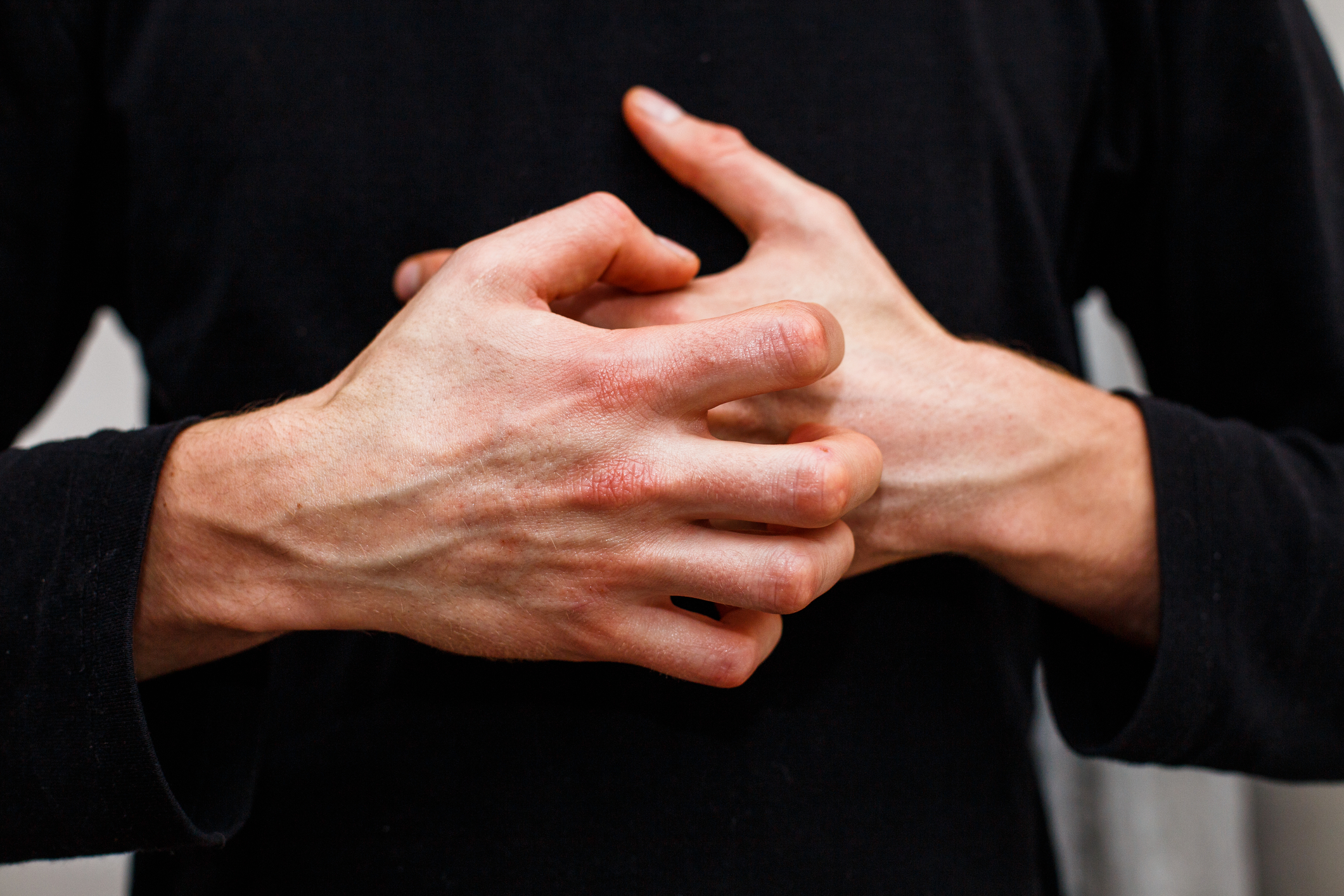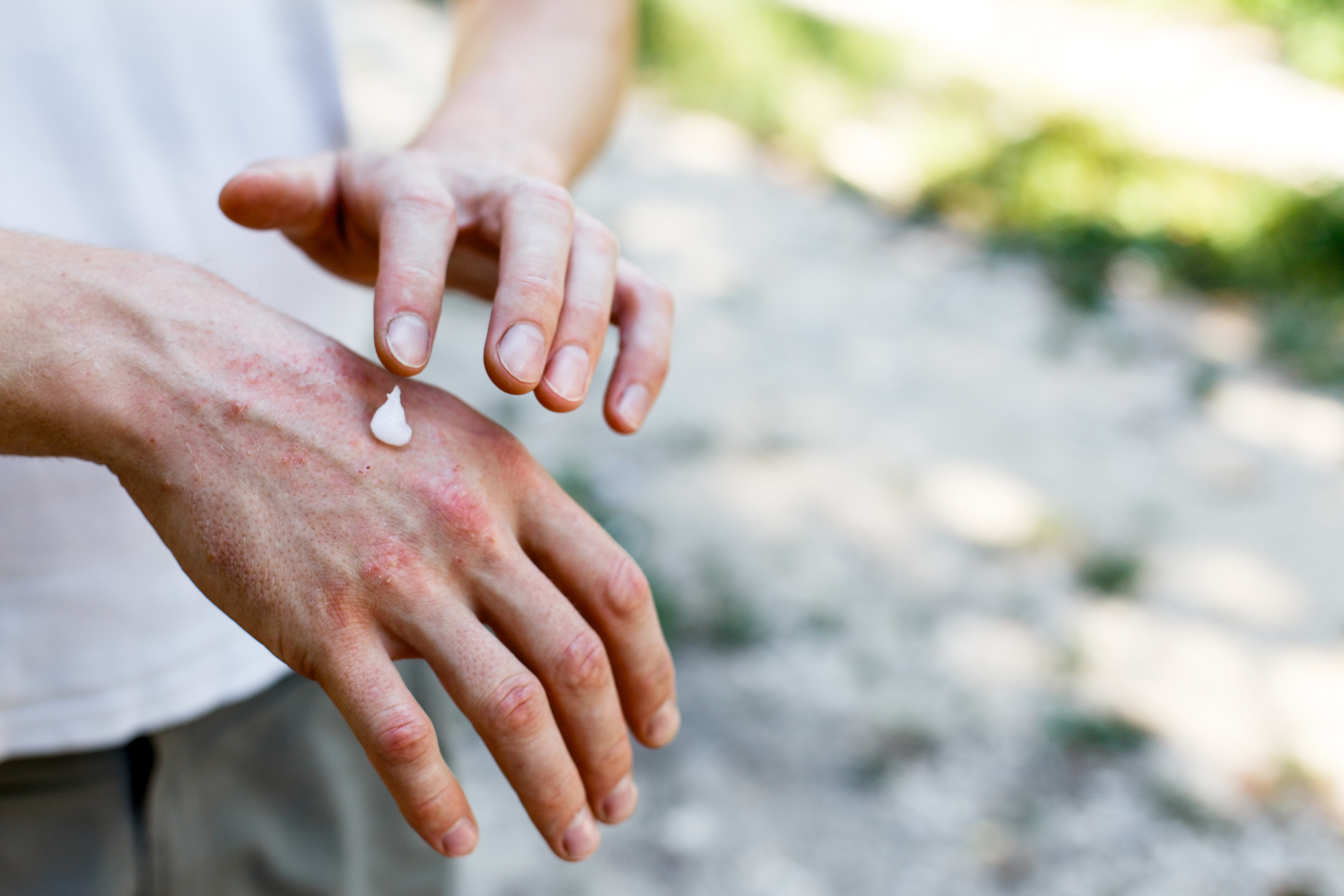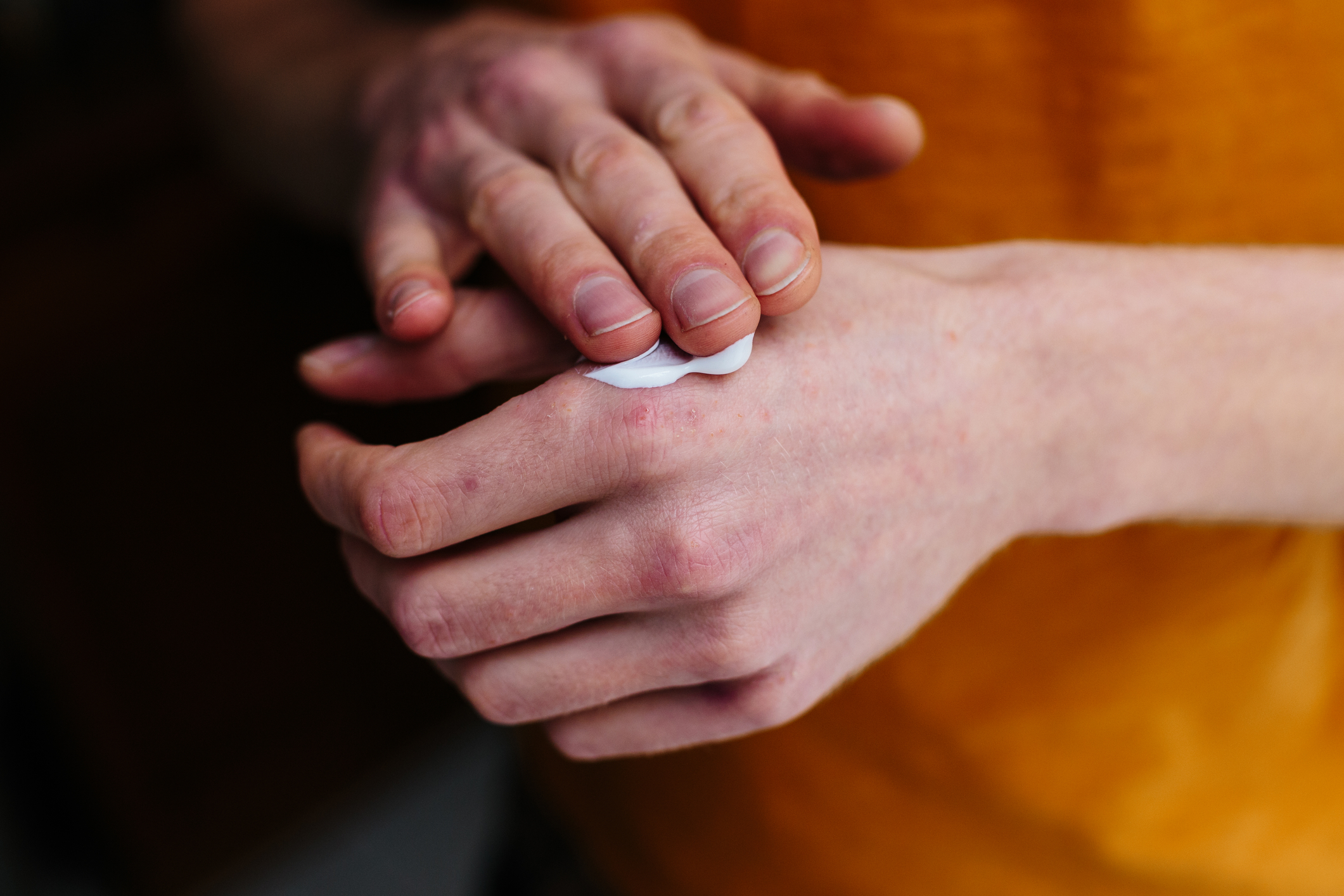Understanding Plaque Psoriasis: A Journey Through the Skin Condition

Plaque psoriasis is a chronic autoimmune condition characterized by the rapid growth of skin cells leading to the development of thick, red, scaly patches on the skin. Affecting millions of people worldwide, it can significantly impact the quality of life of those who suffer from it. Understanding the symptoms, causes, and treatment options for plaque psoriasis is essential for effective management and relief.
Symptoms of Plaque Psoriasis

The most common symptoms of plaque psoriasis include:
- Red Patches of Skin: These are usually covered with thick, silvery-white scales. The patches, known as plaques, can appear anywhere on the body but are most often found on the elbows, knees, scalp, and lower back.
- Dry, Cracked Skin: The affected skin can become dry and may crack and bleed.
- Itching and Burning: Many individuals with plaque psoriasis experience intense itching and burning sensations in the affected areas.
- Thickened Nails: Psoriasis can affect the nails, leading to thickening, pitting, or even separation from the nail bed.
- Joint Pain: Some people with plaque psoriasis develop psoriatic arthritis, which causes joint pain, stiffness, and swelling.
The severity of these symptoms can vary from person to person, with some experiencing only minor irritation and others dealing with extensive plaques and significant discomfort.
Causes of Plaque Psoriasis

Plaque psoriasis is an autoimmune disorder, meaning it results from an overactive immune system. The exact cause is not entirely understood, but it is believed to involve a combination of genetic, environmental, and immune system factors.
- Genetics: There is a strong genetic component to plaque psoriasis. If you have a family member with the condition, you are at a higher risk of developing it yourself. Certain genes associated with the immune system have been linked to psoriasis.
- Immune System: In psoriasis, the immune system mistakenly attacks healthy skin cells, leading to an accelerated production of skin cells. This rapid turnover causes the skin cells to accumulate on the surface, forming plaques.
- Environmental Triggers: Various external factors can trigger or worsen plaque psoriasis. These include stress, skin injuries (such as cuts, scrapes, or sunburns), infections (such as strep throat), cold weather, smoking, heavy alcohol consumption, and certain medications.
Treatments for Plaque Psoriasis

While there is no cure for plaque psoriasis, several treatment options can help manage symptoms and reduce flare-ups. Treatment plans are often tailored to the severity of the condition and the individual’s response to different therapies.
- Topical Treatments: These are the first line of defense for mild to moderate plaque psoriasis. Common topical treatments include corticosteroids, vitamin D analogs, retinoids, salicylic acid, and coal tar. These medications help reduce inflammation, slow skin cell growth, and remove scales.
- Phototherapy: Also known as light therapy, this treatment involves exposing the skin to ultraviolet (UV) light under medical supervision. Phototherapy can slow the rapid growth of skin cells and reduce inflammation. It is often used for moderate to severe cases of plaque psoriasis.
- Systemic Medications: For more severe psoriasis, doctors may prescribe systemic medications that work throughout the body. These include oral medications like methotrexate, cyclosporine, and acitretin, as well as biologics. Biologics are a newer class of drugs that target specific parts of the immune system. They are administered by injection or intravenous infusion and include drugs like adalimumab, etanercept, and ustekinumab.
- Lifestyle Changes: Making certain lifestyle changes can also help manage plaque psoriasis. These include maintaining a healthy weight, avoiding triggers like stress and smoking, and using moisturizers to keep the skin hydrated. Regular exercise and a balanced diet can also improve overall health and potentially reduce the frequency and severity of flare-ups.
- Alternative Therapies: Some individuals find relief through alternative therapies such as acupuncture, yoga, and dietary supplements. However, it is important to discuss these options with a healthcare provider to ensure they are safe and effective.
Conclusion

Plaque psoriasis is a complex condition that requires a multifaceted approach to management. By understanding the symptoms, causes, and available treatments, individuals with plaque psoriasis can work with their healthcare providers to develop a personalized treatment plan that helps control their symptoms and improve their quality of life. While the journey with plaque psoriasis can be challenging, ongoing research and advancements in treatment options continue to offer hope for better management and relief.